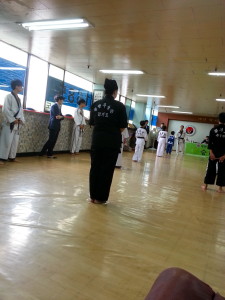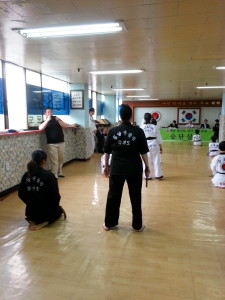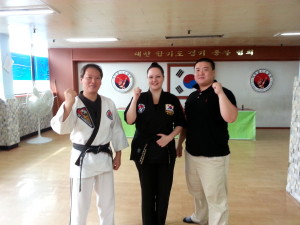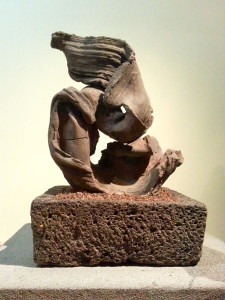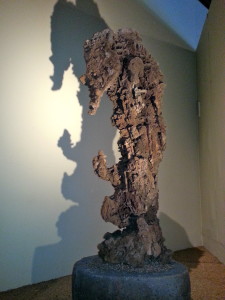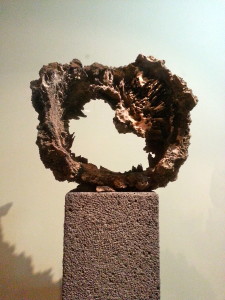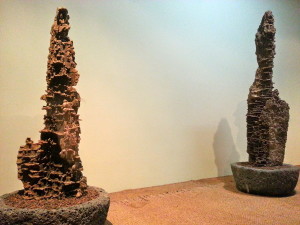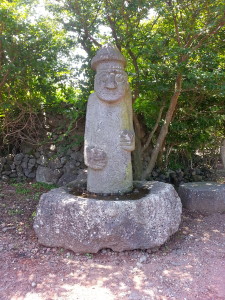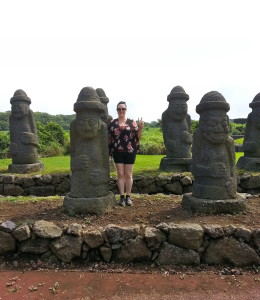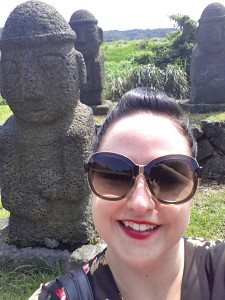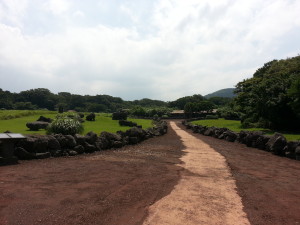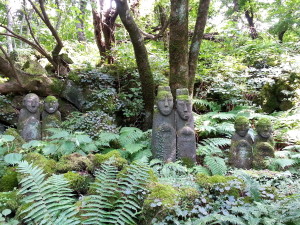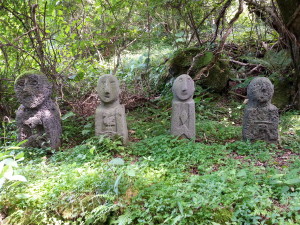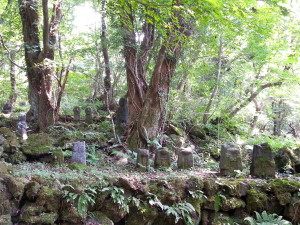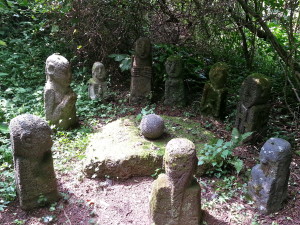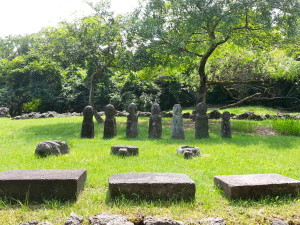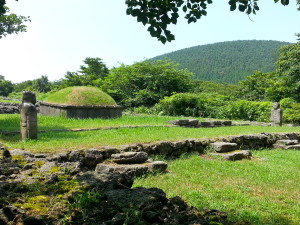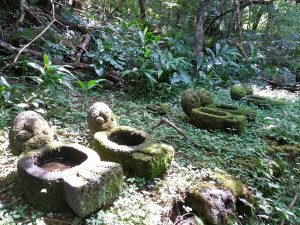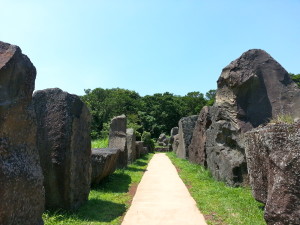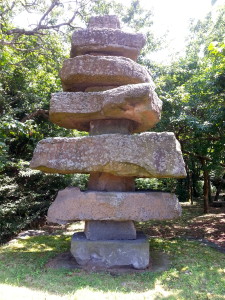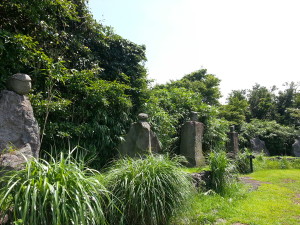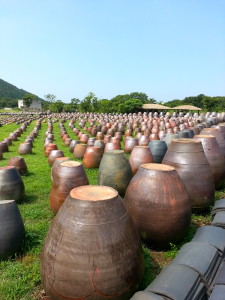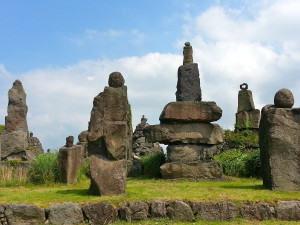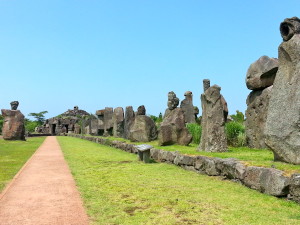
Greetings!
This is an early post but I couldn’t wait to share my weekend with you. Hapkido is a great passion of mine and I’ve been studying it for about two and a half years now. The fundamental focus of hapkido is to learn how to use your opponent’s power to your advantage and to learn how to strike the weakest part of your opponent’s body with a concentrated force. It’s pretty cool to me because you use your hands and feet equally whereas other forms of martial arts tend to dominate with only one; hands or feet.
Last May I went for my 1st degree black belt exam. To revisit my 1st degree exam experience, click here. Suddenly, it’s about a year and a half later and it’s time for my 2nd degree exam! The biggest fear I had was the language barrier. Although my Korean listening and speaking skills have improved, sometimes the grandmasters who run the exams speak so quickly that I can’t compute what I’m being asked to do. Thankfully, my hapkido master had a word with the exam co-ordinator (who is also the head of the Hapkido Federation for the City of Namyangju) and asked if he could speak a little bit slower when it was my turn since I was so nervous about the language conversion. The co-ordinator agreed and off we went!
I was in the first of 3 groups to do their 2nd degree exam. There are usually 10-12 students per group who do their exam at the same time. There I am at the back, but dead center! WHAT? All of the judge’s eagle eyes were on me *gulp*. You can see a long green table at the back of the shot – that’s where the 3 judges sat.

About to begin hoshinsul (self defence) with my assistant master as my partner. We bow to each other first out of respect for our opponent.
Most of the photos taken turned out blurry due to so much movement, but luckily one of my classmates took some video footage which you can check out here:
Finally, it was all over and my heart rate could go back normal. My assistant master and I enjoyed some down time after sweating it out on the floor.
After the test we took a group photo with the other members of our gym who were tested that day. Some members came just to be sparring partners while others were actually being tested. The guy on the far left in the red belt is a fellow adult student who was taking his 1st degree exam that day.
Just as we were about to leave, I managed to get a picture with the grandmaster who conducted our test and my hapkido master who hates being in photos. Lucky me!
We celebrated our test completion with lunch at a Chinese restaurant where I had an amazing spicy seafood soup called Jjambbong or Jjamppong (짬뽕) with a whole baby octopus in my bowl! I cut off the torso and gave it to another classmate x_x. I’m not that hardcore.
I’ll have to wait about a month to hear the final results on my 2nd degree certification but hopefully I’ll pass on the first try. I’ll keep you posted! Until next time, have a wonderful week :)


